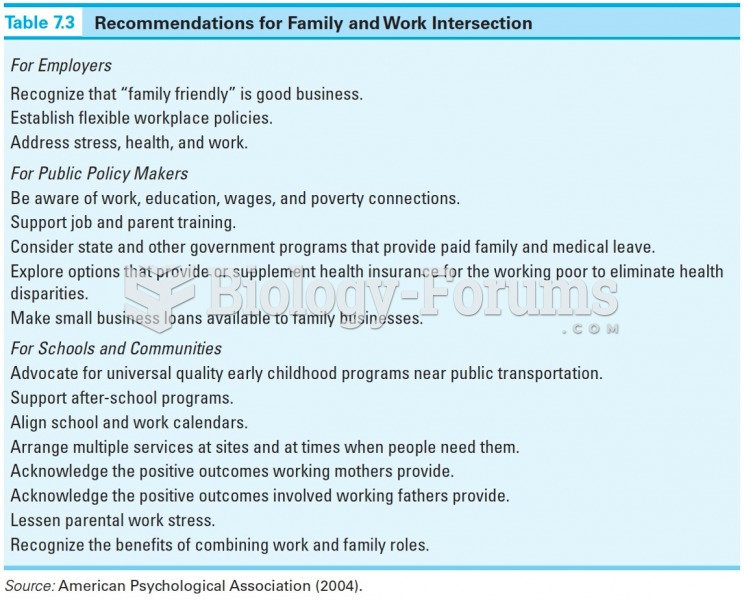Answer to Question 1
Prescription medication is considered past medical history because it addresses the patient's past medical history, previous health conditions and the medications needed to treat the health conditions. Prescription medications also require medical management, which offers insight into the care the patient has received. This would also include any prescription or medication treatments, such as chemotherapy, certain kinds of radiation, infusion, or IV fluids.
Also, the status of vaccinations would fall under past medical history because it indicates the health history of the patient.
Answer to Question 2
These social elements or activities could include the patient's job or occupation; use of cigarettes, cigars or other tobacco; the amount of physical activity in which the patient regularly engages; alcohol consumption; sports activities; sexual activity; use of any illicit drugs or substances; or the patient's living situation. If the patient is under 18 years old, the patient's social history would also include school attendance, grade, and any extracurricular activities.
The social interaction in which the patient engages has an effect on the patient's life and health in unexpected ways. The nature of the patient's work bears a certain influence on the patient; for example, night shifts in a manufacturing company have a different effect on the patient than a typical eight to five office job. Similarly, use of alcohol and/or tobacco could change the focus of a clinician's perspective for a patient's chief complaint; the fact that the patient with the persistent cough happens to live with a smoker is very different from a patient with a persistent cough who does not. Likewise, the patient's living situation informs the clinician of the environment in which the patient currently lives; a patient who has recently moved into the area would be experiencing a different set of stressors than a patient who had lived in the area for 35 years.







